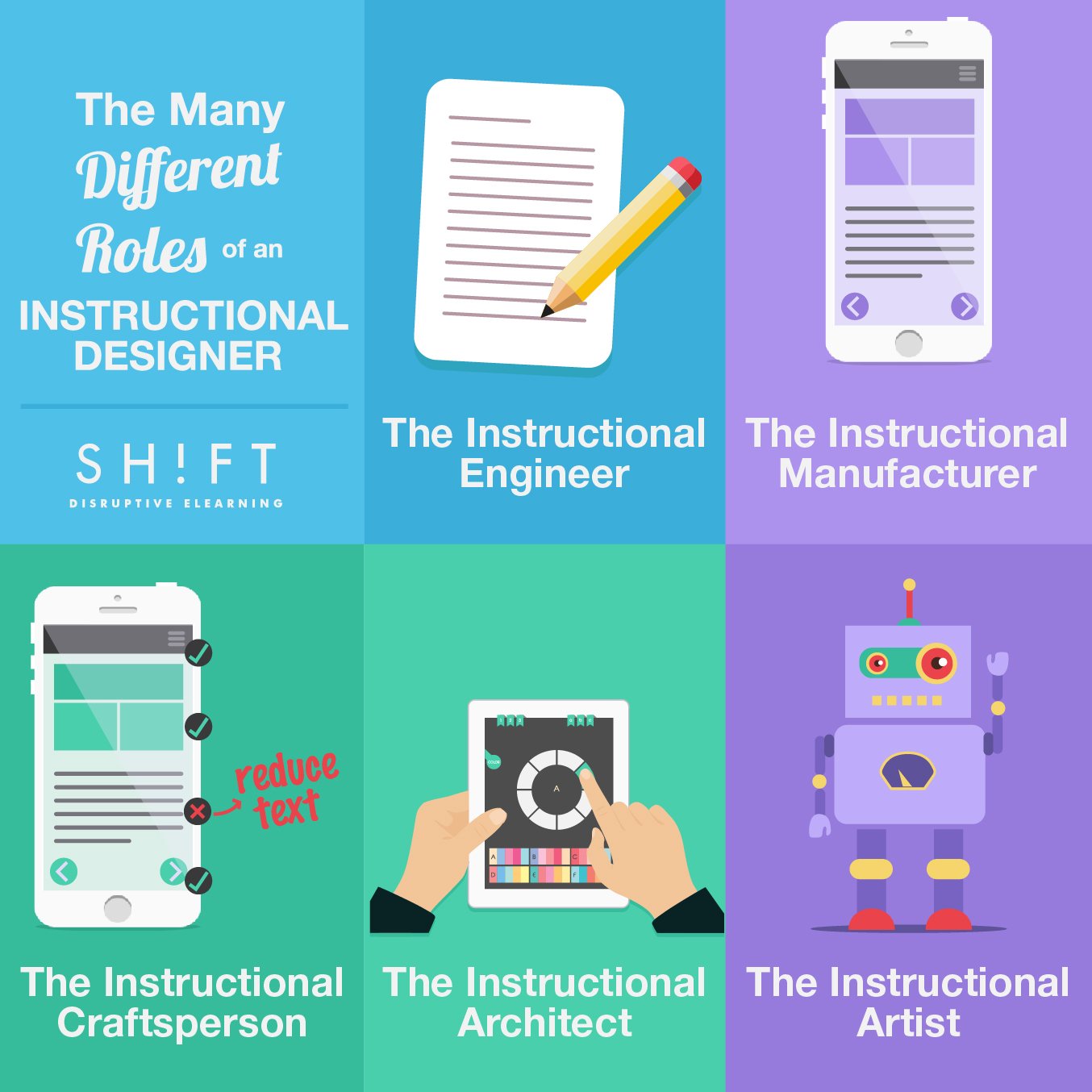Table Of Content

Adaptive learning technologies, for instance, can modify content or tasks based on a student's performance, providing a more personalised and effective learning experience. Curriculum design refers to the overarching plan for a course or educational program. It's the 'big picture' approach that outlines what will be taught, including course objectives, content topics, and the sequence of learning experiences.
Lifelong Learning: A Look at Today's Continuum of Education

At its core, instructional design is identifying the most effective materials and methods to help students achieve their learning goals. This differs slightly in scope from curriculum design, another key course creation aspect we’ll examine later on. Our experts break down what instructional design is, what instructional designers do and share tips for creating engaging, inclusive educational content that learners will love. This is typically where learners are able to practice new skills, demonstrate what they’ve learned and begin retaining information.
How to present content in instructor-led training
There are many different models, and most of what is done in practice is a hybrid of several models, depending on the needs of the organization. The instructional design models provide the designer with a clear process in how to approach designing instruction. The models are based on research and help designers ensure they are solving the right problems and that the training they create is efficient and effective. As digital learning, and especially mobile learning, continues to transform all sectors of education, the role of instructional design in shaping effective online courses has become more crucial than ever.
Tips for Making Existing Online Courses More Accessible
Working with Subject Matter Experts (SMEs) is enjoyable and challenging all at the same time. It is rewarding to help transform someone’s once-static content into a beautiful, interactive module. However, it can be hard to help them understand that not everything in their PowerPoint has to be in the course, even if they feel otherwise. While all the content can be important, there are many instances where you will need to decide which pieces of information are "must-know" and which ones are "nice-to-know."
Here, educators develop engaging and interactive content, incorporating a variety of teaching methods that cater to different learning styles. This part is all about structuring courses and lessons to give all learners the best chance of understanding and remembering the material being taught. The good news is that as an instructional designer, you’re rarely starting from scratch. Your subject-matter experts and curriculum designers will provide you with much of the knowledge and materials you need to build your course.
Instructional Design Models Demystified - ATD
Instructional Design Models Demystified.
Posted: Tue, 21 Mar 2023 07:00:00 GMT [source]
While in 1956 Benjamin Bloom created this classification system to organize the different levels of cognitive learning, it was later modified by Anderson and Krathwohl. Didactic instruction is when a teacher instructs the audience on the content in a lecture or presentation. The teacher explains the subject matter to an audience in written or verbal format. The instructor may use handouts, slides and other visual representations of the content. Choosing the right payment gateway for digital products is key to attaining revenue goals for creators. Merrill’s First Principles of Instruction is a model created by American education researcher David Merrill.

Ideally, you would also include an evaluation stage at the end to ensure that people are benefiting from your learning interventions, and are performing their jobs better. Effective learning can only begin once learners’ attention is in the room or on the course provided. Gagne’s first event of instruction is all about getting the attention of your learners, sparking their curiosity and drawing them into the session.
Design principles for integrating science practices with conceptual understanding: an example from a digital learning ... - Nature.com
Design principles for integrating science practices with conceptual understanding: an example from a digital learning ....
Posted: Thu, 11 Apr 2024 07:00:00 GMT [source]
This not only means that instructors can more effectively meet their learners where they are, they can also save on training development time and resources. The idea behind guided learning is that learners are in control of their learning, and they are simply guided by their supervisors or more experienced colleagues. Here, the roles of instructional designers are limited to giving advice and answering questions. The direction of your crew’s learning outcome is heavily dependent on their initiative and capacity. A sample situation or problem can also be provided, where learners will get to find out the solutions themselves. What is an instructional designer without creating impactful graphics and designs?
What is an Instructional Designer?
I’ve used backcasting mostly with community groups to define their long-term goals and work back from those to “what are we going to do tomorrow”. It’s a brilliant way to include wide-angle visions and practical next steps in the same flow. This is about ensuring that the concepts presented are closely connected to learners’ needs and experiences.
In any format, there are some solid best practices for ensuring your learning content is presented in an engaging fashion that will help learners move efficiently to the next stage. In this guide, we’ll explore Robert Gagne’s 9 principles of instructional design and how to apply them. Even if you’re new to learning design, chances are you’ll already be practicing some of the learning principles I’ll outline below.
Nevertheless, it is my firm belief that all instructional designers can benefit from learning about dynamic training models. We will continue with 3 instructional design models focussing on how to make sure learner motivation remains high. Raising and keeping motivation high can be a challenge, especially in elearning. For each of the 9 models presented, I’ve selected a key learning that can be transferred from that specific framework into any kind of instructional design work you might be doing. Design, the second principle, is the creation of the learning environment.

No comments:
Post a Comment